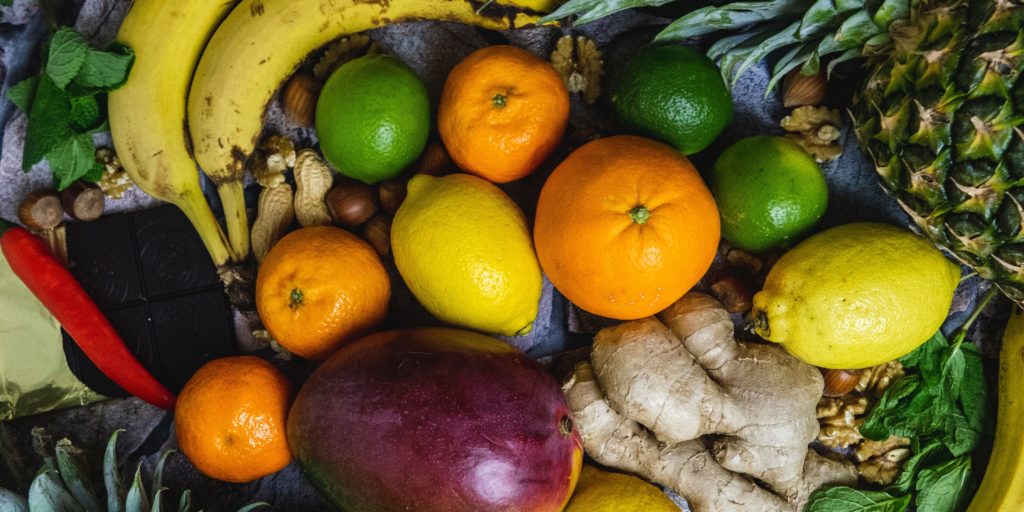What actually is pain?
Definition of pain
The International Association for the Study of Pain defines pain as “an unpleasant sensory and emotional experience associated with actual or potential tissue damage or described in terms of such damage.”
International Association for the Study of Pain

Acute and chronic pain
The term “pain” is certainly viewed rather negatively, but it is fundamentally important for survival. It serves as a warning signal, e.g. to protect the body from injury (e.g. quickly withdrawing the hand that has touched a hot hob to protect against major burns) or to indicate damage (e.g. forcing us to protect an injured part of the body). As a rule, pain is preceded by a stimulus and is localised and limited in time. In this case we speak of acute pain. Pain that persists over a long period of time is called chronic pain. Acute pain is therefore a warning signal and a symptom. It indicates that the body has been damaged or injured. It is therefore normally limited to the site of the damage. Acute pain disappears again as soon as the cause has been eliminated. Of course, acute pain can be more or less severe, depending on the cause. Experts speak of chronic pain, on the other hand, when the pain has been present for at least three to six months and affects the patient physically, psychologically and socially. It is easy to imagine that if someone is in pain every day, they are burdened in a variety of ways. Physically, the ability to move can be restricted, but chronic pain can also have a massive impact on mood and mental state and ultimately prevent normal and carefree participation in social contacts.
Connection between body and soul
It is known that mental stress can also lead to physical pain (psychosomatic pain). Pain does not necessarily have to have a physical cause. However, it can also be a mixed form, as body and soul are very closely connected. As pain is also a major psychological burden, both can intensify, so that cause and effect can often no longer be clearly distinguished. In any case, the state of the soul plays a major role in the individual perception of pain. Psychological stress in any form can increase sensitivity to pain, whereas positive feelings can reduce it. Pain is perceived very subjectively, each person perceives it differently and very individually.
Different types of pain
Pain can manifest itself in many different ways, e.g. as an attack-like, shooting pain, a burning, dull ache or a deep, drilling pain. Or as a dull pain that tends to radiate and is accompanied by vegetative symptoms. Pain can be triggered by external factors such as injuries as well as internal complaints such as inflammation or disorders of the nervous system. There are nerve fibres almost everywhere in the body that perceive different stimuli such as temperature, pressure, stretching or injuries with the help of receptors and transmit them to the brain. However, the brain itself has no pain receptors and is insensitive to pain. The best-known types of pain are headaches/migraines, back pain, arthritis pain, rheumatic pain, fibromyalgia, nerve pain and tumour pain.
Treatment of chronic pain
You would think that pain should be treated as individually as it is perceived, and that’s easy to say. However, it is a very challenging, complex matter because so many different factors can interact; physical, psychological and social. It goes without saying that many doctors shy away from thorough pain treatment, as it is lengthy and requires a lot of time and empathy and all too often does not lead to the hoped-for success for a long time. There is hardly enough time available in today’s medical world. However, a pain patient needs precisely this time, attention and trust in the person treating them so that their mental state and all other factors can be taken into account and supported as positively as possible. Just feeling taken seriously and supported helps enormously. However, due to a lack of time or ignorance, patients suffering from chronic pain are often labelled as untreatable too early, so seek help from a specialist in chronic pain.

Drug treatment of pain
Acute pain is usually relatively easy to alleviate, but it is often very difficult to find a helpful treatment for chronic pain. Painkillers (analgesics), of which there are various types, are probably the first choice for pain treatment. Basically, they can be divided into weak to moderately effective analgesics, weak opioid analgesics and opioids. Some painkillers also have an anti-inflammatory, antipyretic or muscle-relaxing effect. It is not uncommon for psychotropic drugs to be used to support pain therapy; these can enhance the effect of painkillers and alter the pain experience so that the patient suffers less pain. The doctor must carefully weigh up which medication is most suitable in each case based on the symptoms. Unfortunately, however, all of these medications have side effects, some of them very serious, especially of course if they have to be taken over a long period of time.
Alternative forms of treatment
There are there are countless alternative pain therapies that can be considered only a few of which can be mentioned here. These include, for example, various Heat or cold applications (e.g. baths, compresses, etc.) and massages can also have a pain-relieving effect. Not to be forgotten are also many possible movement exercises (e.g. physiotherapy). Exercise in whatever form is always extremely important and highly recommended! Find a suitable sport that you can do despite or even against your pain against your pain. Pain is often also associated with “shortened” muscles and fasciae special stretching exercises can be recommended, but these should be carried out should be carried out consistently and regularly. As already mentioned, the Psyche has a close connection to the body, so psychotherapies can certainly have an Can have an effect in pain therapy. Pain patients should certainly be encouraged and supported to do everything that is good for them, that they enjoy doing, what gives them pleasure and can distract them from their pain.
Pain-relieving foods?

A balanced, healthy diet can certainly have a positive effect on pain. Certain foods may have to be omitted (e.g. sugar, meat or dairy products). Certain foods, on the other hand, have a positive effect on the pain-stricken body and can even alleviate pain if you include them frequently in your diet. Ginger can be seen as a natural painkiller, it is effective against muscle and joint pain and relieves migraines and the nausea often associated with them. Chilli with the active ingredient capsaicin also has a good pain-relieving effect, especially for headaches, arthritis and herpes. Cayenne pepper consists of ground chilli peppers. Turmeric is particularly suitable for treating pain caused by inflammation. Fatty sea fish not only contains astaxanthin, which is a powerful antioxidant, but also valuable omega-3 fatty acids, which help relieve the symptoms of rheumatoid arthritis. These may not be your favourite foods, are they? But you certainly like blackberries, raspberries, red grapes, strawberries or cherries! These berries and fruits contain plant pigments called anthocyanins, which inhibit pain and reduce free radicals that can cause inflammation.
Natural painkiller?
If you want to know about a natural painkiller that helps and has virtually no side effects, you should look into hemp (cannabis)! Don’t be alarmed, these legally cultivable strains contain hardly any THC, but a lot of CBD. CBD is not psychoactive, i.e. it does not cause any psychological effects, instead it has various desirable properties and does not cause any relevant side effects even in high doses. CBD is considered to be extremely safe to take. However, it should not be taken during pregnancy.
